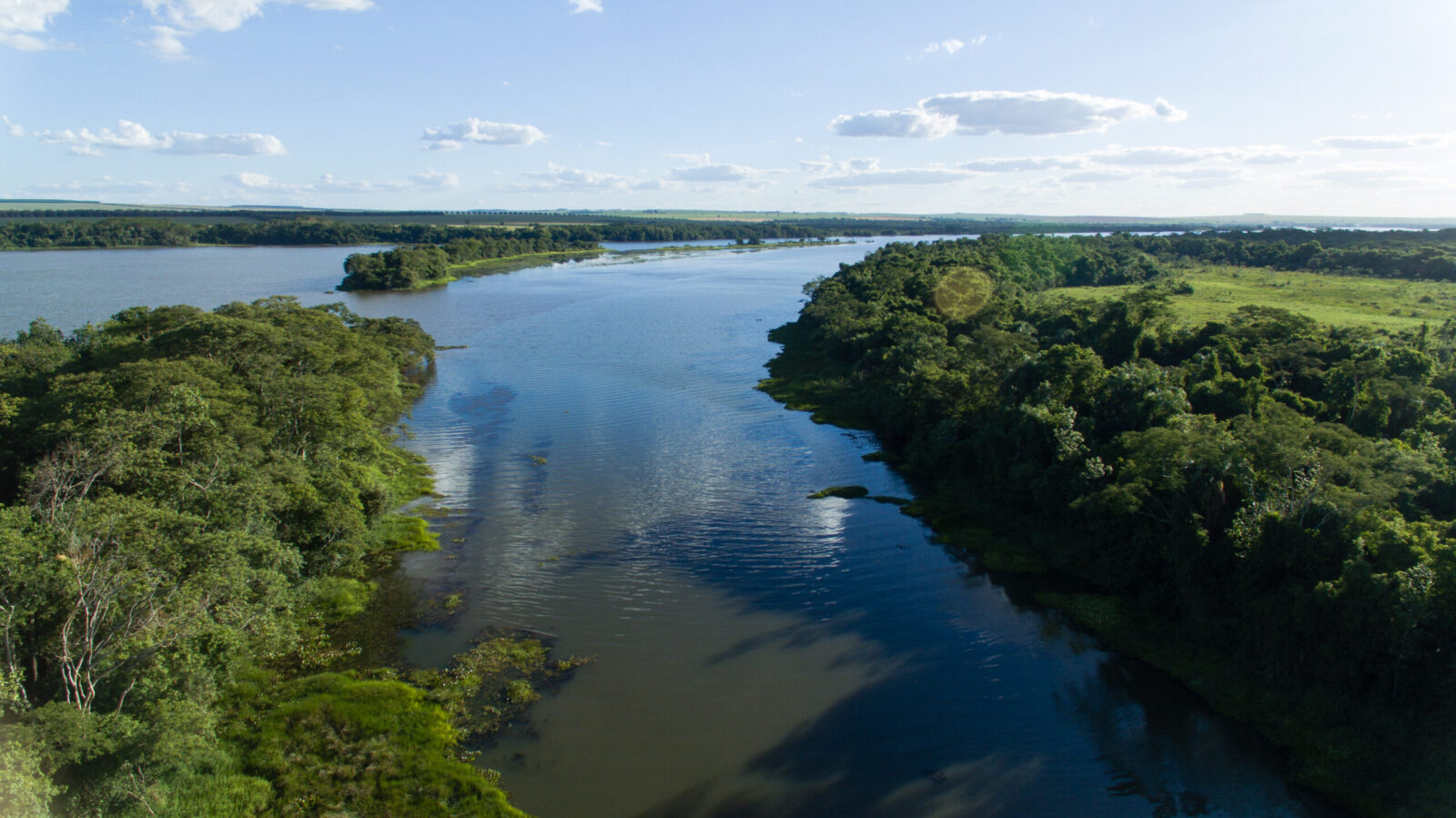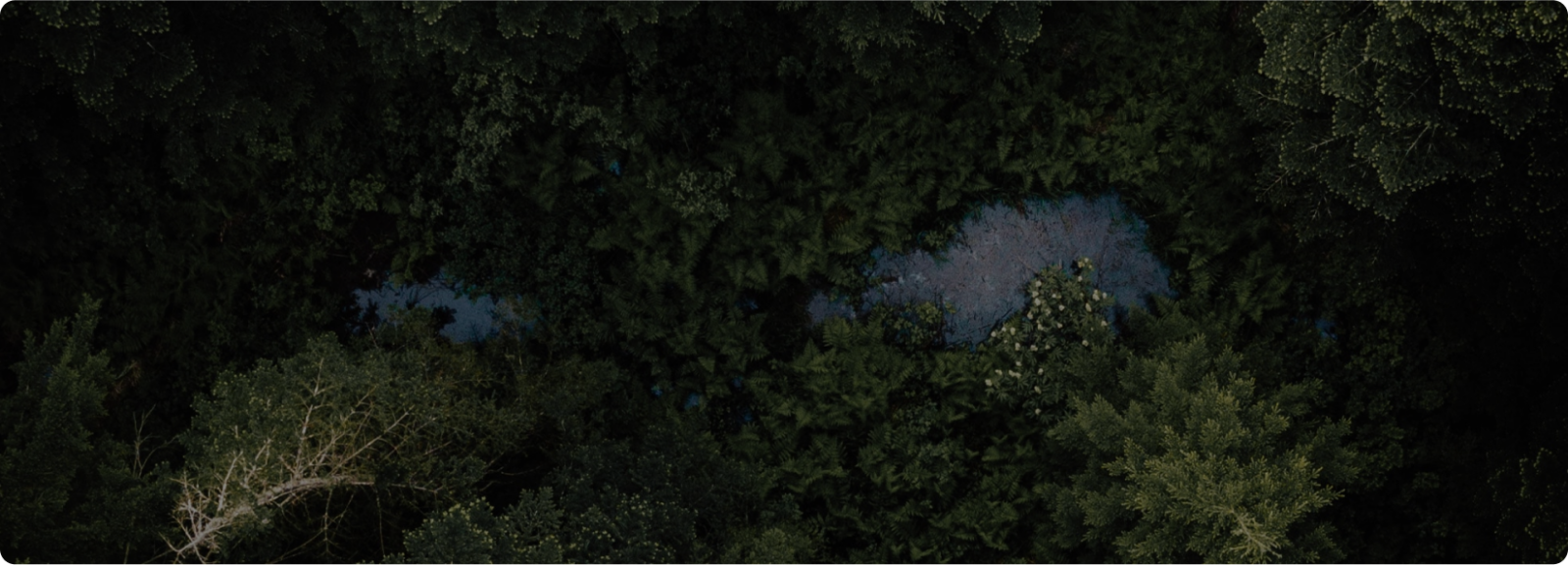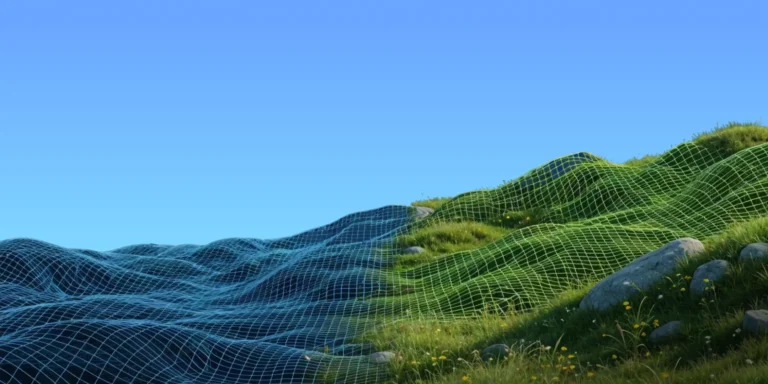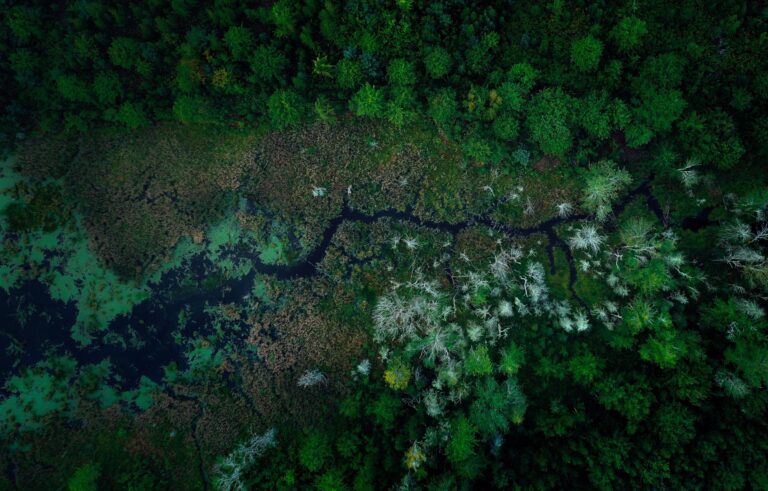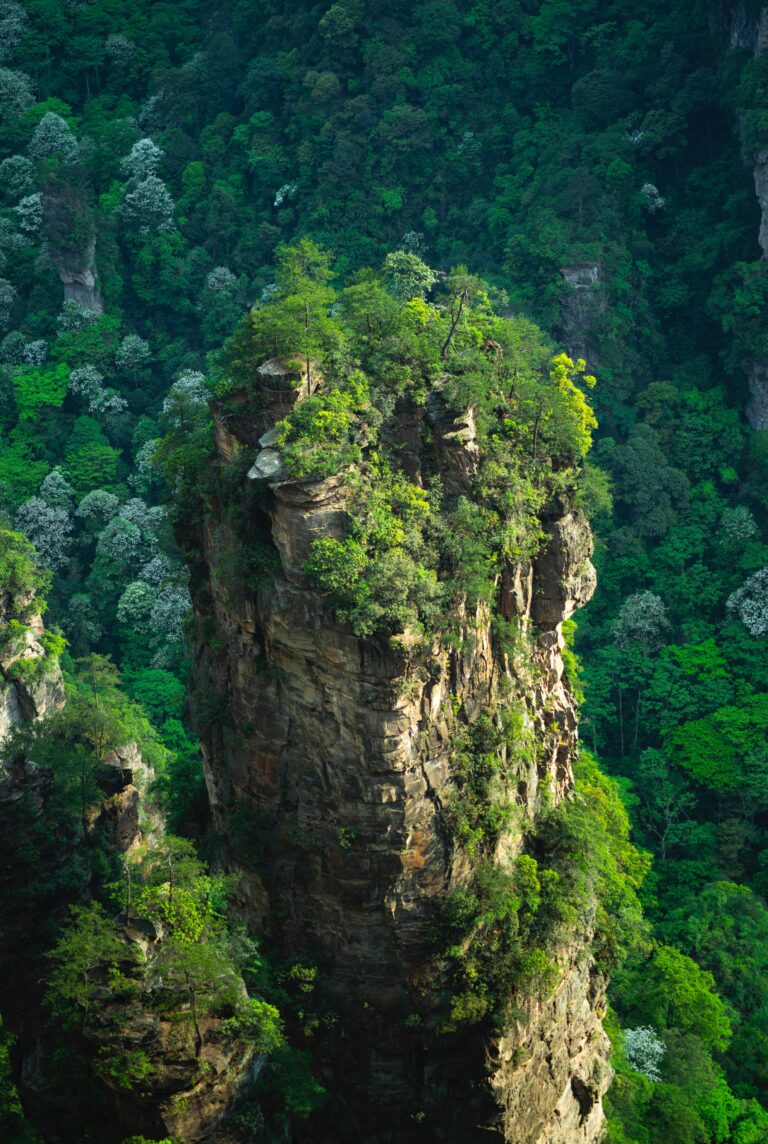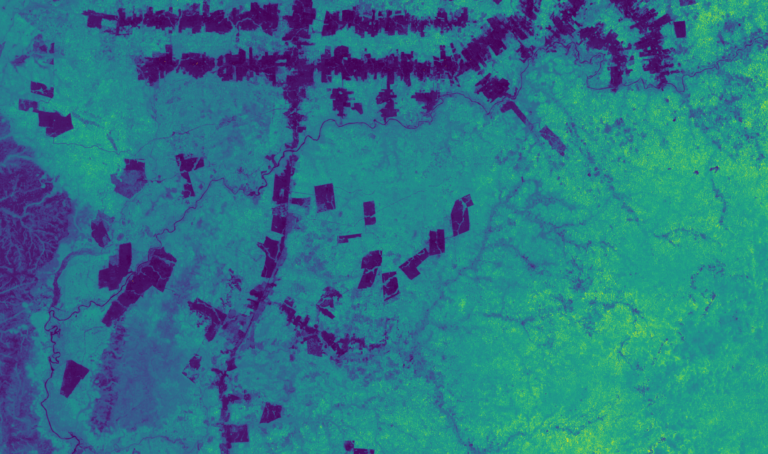Forests present one of the most cost-effective and scalable opportunities available today to sequester carbon and avoid the worst impacts of climate change. Because nature can play such a critical role in addressing the climate crisis, we must protect, restore, and improve the world’s forests.
The carbon market offers a way to pay landowners to protect their forests and reduce carbon emissions. Forest carbon projects are awarded carbon credits based on emissions avoided or reduced over business-as-usual projections. Each credit represents a one metric ton reduction in carbon emissions, which can be used by the buyer to compensate for one ton of carbon emissions produced elsewhere.
While there are many ways to categorize forest projects, at Pachama we generally classify projects into three groups:
- Reforestation: planting of new trees, often reverting degraded land back to forest
- Forest conservation: protecting existing forests that are at risk of deforestation
- Improved forest management: employing forest management activities that result in increased carbon storage and/or reduce emissions from forestry activities
Together, these three types of projects help protect and restore nature while providing ecological, social, and economic benefits. Let’s take a closer look at the unique qualities of each project type.
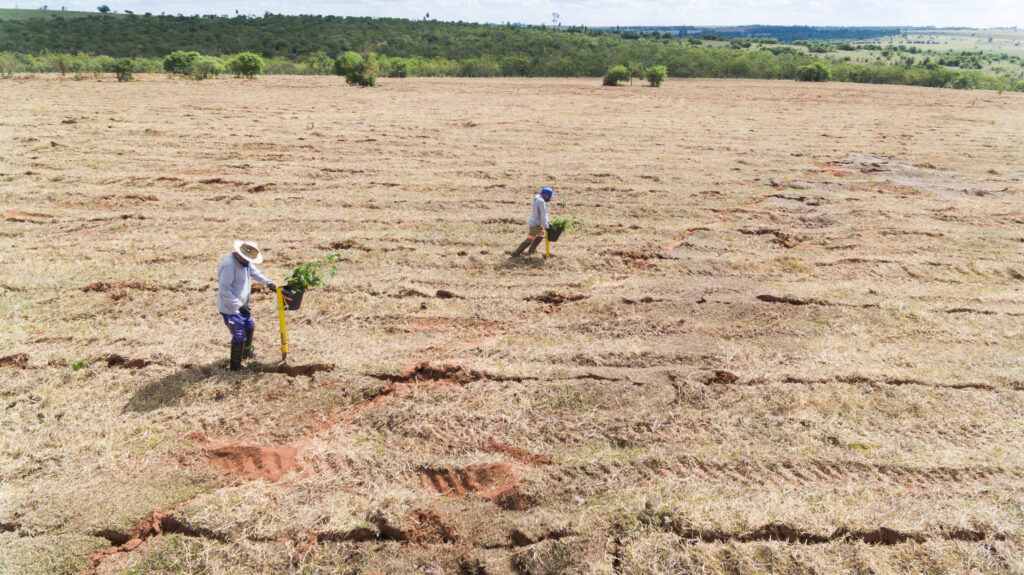
Afforestation, Reforestation, and Revegetation
Afforestation, Reforestation, and Revegetation (ARR) projects focus on planting new trees, oftentimes restoring degraded land cleared for agriculture or industrial use. Of the three forest project types, they are typically the best for drawing CO2 out of the atmosphere, because growing trees draw down more carbon than fully-grown trees. Reforestation projects earn carbon credits for every metric ton of CO2 that they sequester. Because they involve planting and caring for thousands of trees, ARR projects typically require more capital and labor than other forest carbon projects making them challenging to get off the ground.
At Pachama, we believe that high-quality ARR projects should not only reduce emissions but also safeguard the health of native ecosystems. Every reforestation project listed on our Marketplace must adhere to high standards in natural forest management practices including planting a majority of native species.
Project Spotlight
Located at the westernmost point of São Paulo, the Corridors for Life project mission is to restore at least 20% of the Brazilian Atlantic Forest ecosystem by creating ecological corridors between the few remaining forest fragments. This Pachama Original project was started in collaboration with Mercado Libre and will sequester thousands of tonnes of carbon, support local communities, and protect biodiversity. Learn more about the next generation of forest carbon projects, like Corridors for Life.
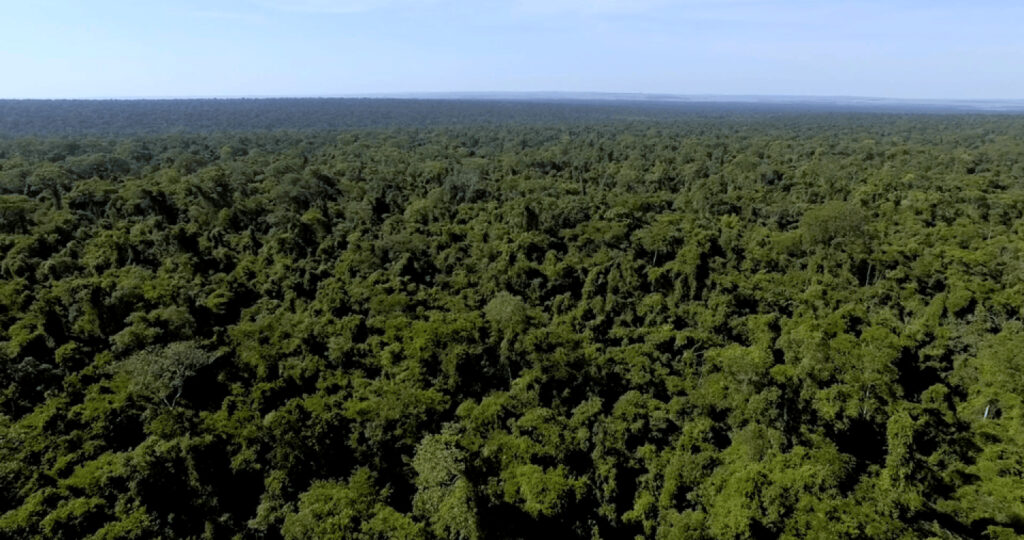
Forest Conservation
Forest conservation projects, known as avoided deforestation in the carbon world, aim to protect the enormous amount of carbon stored in existing old-growth forests. It’s vital that we not only restore ecosystems but also protect living forests that are under threat. Tropical reforestation typically sequesters 11 metric tons of CO2 per hectare per year, but the loss of one hectare of mature forest can release more than 30 times that amount of CO2, over 400 metric tons, all at once. From a biodiversity perspective, the number of plant and animal species in old-growth rainforests is practically inconceivable. One acre of Amazon rainforest may hold up to 70,000 species of insects alone, and the number of plant species across the Amazon is estimated to be anywhere from 40,000–100,000.
Forest conservation projects earn carbon credits by demonstrating that without the incentive of carbon financing, the forest would be cut down or degraded. They are awarded credits for avoiding the emissions that would be released if the trees were removed. Scientists generally agree that existing forests also absorb carbon dioxide, but measuring that at an individual project level is challenging so credits are typically awarded for avoided emissions.
Pachama uses remote sensing data to confirm that conservation projects are providing additional climate benefits and that emissions reductions have been accurately quantified. Additionally, we monitor forest cover loss over time to ensure that projects continue to deliver long-lasting impacts. Dive deeper into our project evaluation process.
Project Spotlight
Manoa is an avoided deforestation project in the heart of Northern Brazil’s Amazon River Basin. One of the few private forests remaining in the region, Manoa Farm was under threat of illegal logging and remote sensing data shows that surrounding areas have suffered significant deforestation. Acting as an ecological corridor, this project plays a fundamental role in the protection of several threatened and endemic species including jaguars, ocelots, and monkeys. Learn more about Manoa.
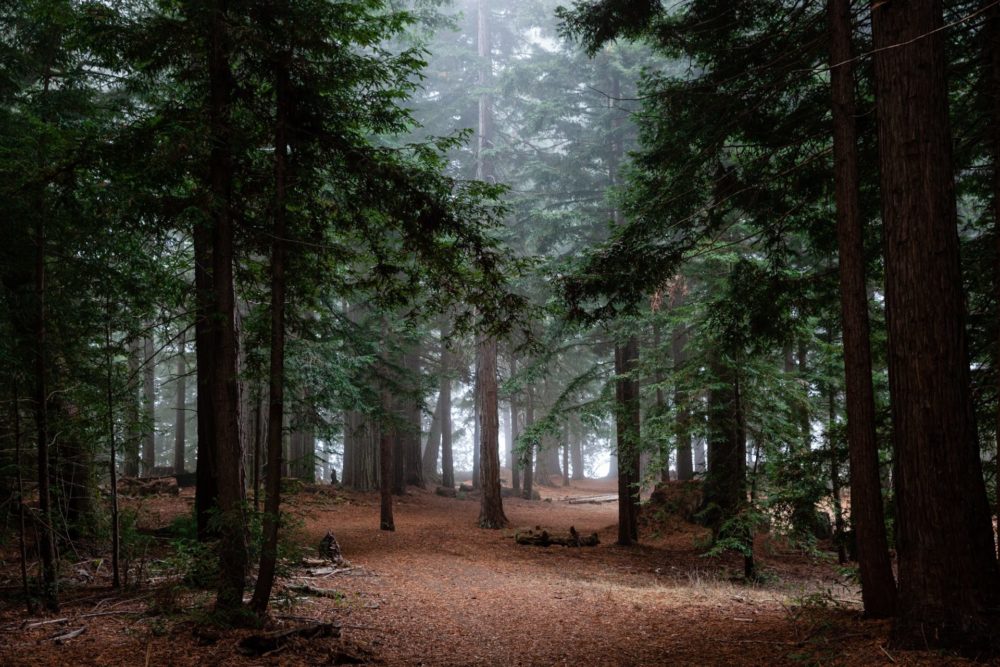
Improved Forest Management
While not as evocative as preserving old-growth rainforests or planting millions of trees, Improved Forest Management (IFM) projects can capture large amounts of CO2 as they optimize for forest growth and maturity. In fact, some of the projects that sequester the most CO2 per hectare are IFM projects. They earn carbon credits by implementing sustainable forest management practices that improve the carbon storage potential of the forest. These activities can include increasing the average age of the forest by extending rotation lengths, improving forest productivity by thinning diseased trees, managing competing or non-native species, and protecting high-value areas to support ecosystem services.
Many sustainable forestry practices seek to replicate the natural regeneration cycle of the forest. In this way, the community can get a sustainable supply of wood without diminishing the forest carbon stock or disrupting ecosystem benefits like water filtration and species habitat. In order to evaluate the quality of an IFM project and ensure it is increasing carbon storage potential, Pachama uses remote sensing to quantify emissions and confirm the economic maturity of the forest.
Project Spotlight
King County Parks is protecting forests in the Pacific Northwest and creating green space for local communities. Run by the King County Department of Natural Resources and Parks (DNRP), this project is using carbon financing to accelerate the purchase of land that is at risk of clearing for rural residential development or commercial timber harvest. Learn more about King County Parks.
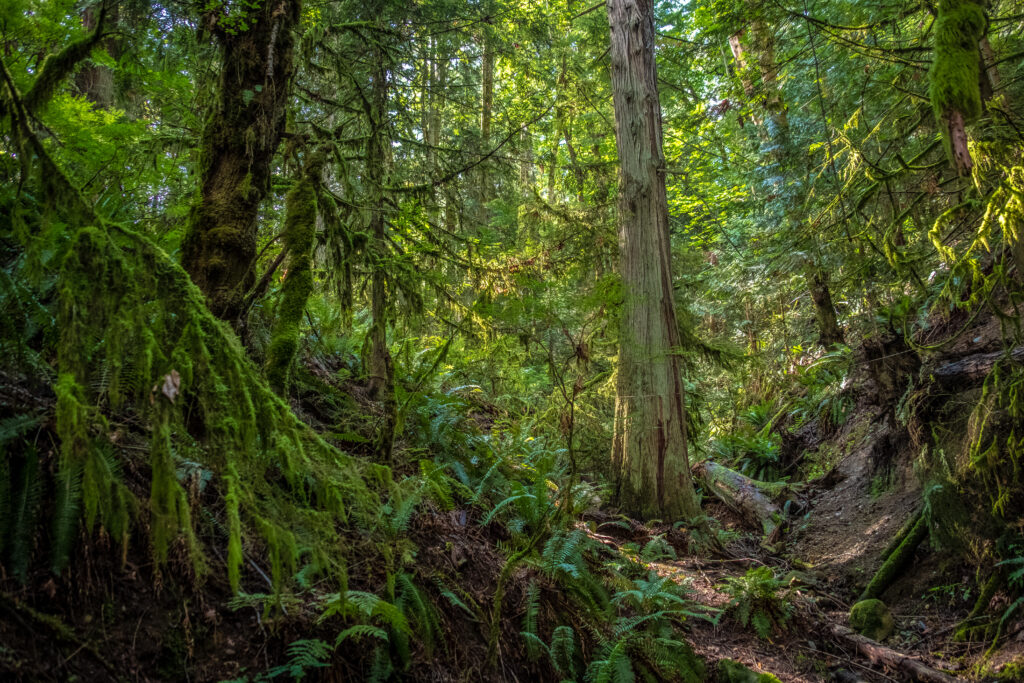
Choosing Projects that Align with Your Goals
The scale of the climate crisis requires immediate action and a combination of different solutions. Rather than promoting one type of project over another, we encourage you to support projects that align with your goals and values. Pachama strives to surface the highest quality forest carbon projects so that you can invest with confidence and meet climate goals. If you’re ready to start exploring, you can learn more about available forest projects on our Marketplace.
Ready to learn more?
Get in touch with our team to learn how we can help you invest in tech-verified projects or start your own project from the ground up.

